Brass is an alloy made from two metals, copper and zinc, in variable proportions. The content of these two metals depends on the desired mechanical and physical properties. Because of its distinctive properties, Brass has been a popular material for CNC machining to produce various components, from automobiles and medical devices to aircraft. Every day, we interact with many items made of Brass, including furniture, doorknobs, kitchenware, electrical wire, musical instruments, auto parts, and many more.
In Brass, the proportion of copper is higher (55 to 95%) than the zinc (5 to 45%). Lead is another metal added to the Brass in a low amount (< 2%). The role of the lead is to make Brass easier for the CNC machining process, such as cutting, milling, turning, and more.
In this article, we will overview, Various types of Brass, Properties, advantages, and applications of CNC Machined Brass components.
Common types of brass grades used in CNC machining
Various Brass CNC-machined components
Brass grades are divided into several classifications based on zinc, copper, lead, and iron content. Proportions of these content vary in physical and mechanical properties, making them suitable for a wide range of applications. Among the various types, four grades, C- 360, C- 260 & C- 280, and C-646, are the most commonly used Brass in CNC manufacturing.
C-360
Because of its superior machinability and strength, it is the best type of Brass among the others. Zinc (about 35%), Lead & Iron (about 3%), and the remaining copper make up the composition of C 360- Brass. Most of its applications have been in automatic screws, Musical instruments, hardware, and parts for medical devices. However, due to the lead content, it has some disadvantages as well. For example, it can occasionally produce a cracked surface finish and is sensitive to acids.
C-260
This additional zinc-copper formulation contains a small amount of lead and iron. Zinc contains about 20% and 1% lead and iron. Because historically, it has been used in ammunition cartridges, it is also commonly known as cartridge brass among manufacturers. This Brass’s good heat conductivity, corrosion resistance, and tensile strength make it suitable for many applications, including electrical sockets, costume jewelry, buttons, pressure conveyor systems, and watch parts.
C-280
It is the strong brass grade, initially developed for boat hull lining. The ratio of copper to zinc in its construction is 3:2.
It is very effective for manufacturing marine and architectural components due to its high strength and excellent corrosion resistance.
C-464
This Brass is specifically used to produce naval vessel parts in environments with high moisture levels.
Its unique composition provides extraordinary corrosion resistance properties along with high strength. It comprises 59% copper, 40% zinc, 1% tin, and very little tin. Of course, being strong makes CNC machining a little more challenging, but we have the specialized tools and expert engineers to make it perfect.
Advantages
1. Easy for Machining
CNC machining of a brass-rod
Brass is one of the most straightforward alloys to perform CNC machining. C-360 has a 100% machinability rate. Because Brass can be machined at high speeds and enhance the removable material rate, its excellent machinability properties significantly reduce machining time. Typically, brass rods are used as the workpiece and don’t harm the machining tools when using a CNC machine.
2. Variety of properties
Brass comes in different grades with various characteristics, including hardness, elasticity, and strength.
The required properties are easily achievable by blending different amounts of copper, zinc, lead, and iron. Therefore, choosing the appropriate brass grade for the parts to be manufactured is simple.
3. Precise Machining
Brass has properties that contribute to the dimensional stability of CNC machined components, including a low deformation coefficient, high machinability, and excellent impact resistance.
Therefore, Brass-CNC machining is an efficient way to manufacture a product that requires strict tolerances.
4. Safe Machining
Unlike other materials like plastic, Brass does not produce toxic byproducts during CNC machining. So, it is entirely safe for machining because it is also a spark-free material.
5. Compatible with machining tools
The first choice for CNC machining of brass parts is rod work pieces. However, Brass is compatible with all types of tools, whether cutting, milling, turning, drilling, or any other operation required for production. This characteristic of Brass contributes to frictionless machining and increased machining efficiency.
6. Recyclability
Brass CNC-machined products and components are entirely recyclable. So, Brass can be reused after recycling when a product’s life cycle is complete. Another excellent feature is the ability to separate zinc and copper for reuse.
7. Suitable for both high moisture and temperature
Because they do not melt quickly at high temperatures (withstand at least 800 C), the parts produced by CNC machining can withstand thermal challenges, making them an ideal choice for applications where the temperature is a challenge for functionality. Also, they can withstand the formation of rust under high moisture conditions without losing their properties.
8. Aesthetic Advantage
The Brass is gleaming and comes in various colors, from red to yellow. This is because the amount of zinc determines the color. Therefore, there is no need for additional coating compared to other materials like steel and plastic.
Disadvantages
- The black oxidation reaction is a risk with Brass, so it must be maintained frequently.
- The brass products may be vulnerable to dezincification due to their high zinc concentration.
- Stress cracks may develop on a product’s surface after some time.
Try Prolean Now!
Surface Finishes and Post-Processing of Brass parts
As previously mentioned, Corrosion resistance is one of the valuable advantages of using Brass to create products and parts using CNC- machining has excellent corrosion resistance properties with a very appealing outfit. So most cases, no coating is required on the surface. However, you can use hand polishing or a Hone in decorative applications.
Brass products after minimal finishing.
Application of CNC-Machined Brass parts
Brass products from CNC machining
Cnc-machined brass parts are used in various industries due to their wide range of properties.
Electrical Components
Because of the electrical conductivity properties of Brass, several electrical components such as Fuse, connectors, Holder Plungers, earthing, panel boards, energy meter parts, power sockets, and others are made with CNC machining of Brass.
Heating equipment
High-temperature accessories include thermostats, radiator cores, evaporators, heat exchangers, tubes, and tanks.
Automotive components
Wheels, gears, valve stems, couplings, adapters, Odometer contacts, and others can be created with CNC machining of Brass.
Plumbing and Hardware
Water taps, Bathtubs, Pipes, Valves, shower doors, bathroom partitions, and other accessories.
Joining and links
In the manufacturing industry, fastening elements such as nuts, Bolts, wear plates, flanges, fasteners, and bushings are essential. These products can be made from CNC machining of Brass with a high degree of accuracy and a smooth finish.
Hydraulics components:
Pumps, Power cylinders, Pressure conveyor systems, Pistons, and others.
Military
Various missile components, casings for guns, ammunition primers, and many more.
Aircraft
Aircraft undercarriage, brake, & cockpit components, landing gears, cargo doors, etc.
Structure and architecture
Architectural implementations use Brass– CNC machining, including finger plates, door furniture, rainwater systems, Handrails, Balustrades, panels, fittings, and roofing.
Medical Components
Although Brass is not heavily used in surgical equipment, Needles, scissors, and scalpels, parts for Pressure regulators and pressure control devices used brass parts made with CNC machining.
Other applications
Other products and components are made from CNC machining of Brass, such as clock parts, components different as Musical instruments (Trumpets, French horns, trombones, and baritones), Jewelry, and other decorative items.
Read More: What is Swiss CNC Machining?
Final Thoughts
The benefits of brass products made with CNC machining include their machinability, tool compatibility, shorter cycle times, durability, recyclable nature, dimensional stability, and others. In addition, it is clear how they collectively increase productivity and profit in that case. Therefore, the material is relatively affordable and practical, so you can contact us for any brass processing using a CNC machine. Furthermore, ProleanHub offers a professional CNC Machining service for Brass parts. Here, our quality control engineers monitor each machining step to maintain the standard and tolerance.
FAQ’s
How Can we increase the productivity of CNC machining for Brass parts?
Use the proper tools, conditions, and equipment when machining the parts to increase productivity.
Is the CNC machining of Brass the Right Choice for my Project?
Brass has excellent mechanical properties that vary according to the content of zinc. It is also economical and easy for CNC machining. So it can fit your Project. Just let us know what component or product you are looking for. Our experienced engineers will help you. You can also check our guide about CNC copper machining, it will help you in making decision between brass and copper.
How do I pick the best brass alloy grade?
It depends on the products’ applications and the necessary mechanical and physical qualities, including hardness, strength, ductility, and conductivity. Because each type of alloy has unique properties, choosing the best grade can be challenging.
So, let our professionals decide which is best for CNC machining based on your requirements.
What are the factors needed to consider while selecting the Brass grades?
You should consider the four critical factors of corrosion resistance, strength, machinability, and appearance.
Do machined components of Brass needs Surface finishing?
Most components do not need any post-processing of coating, but hand polishing would be better for ornamental items.

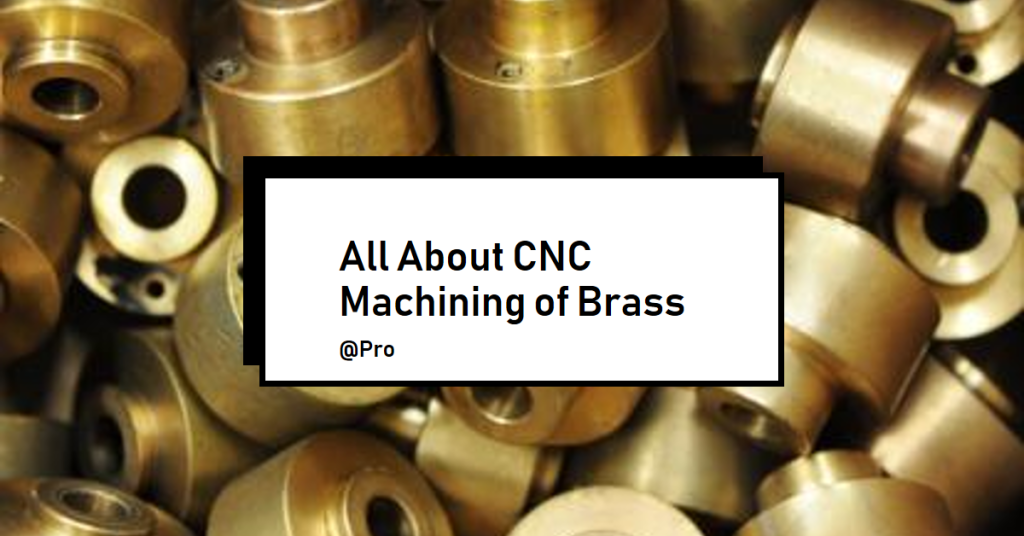
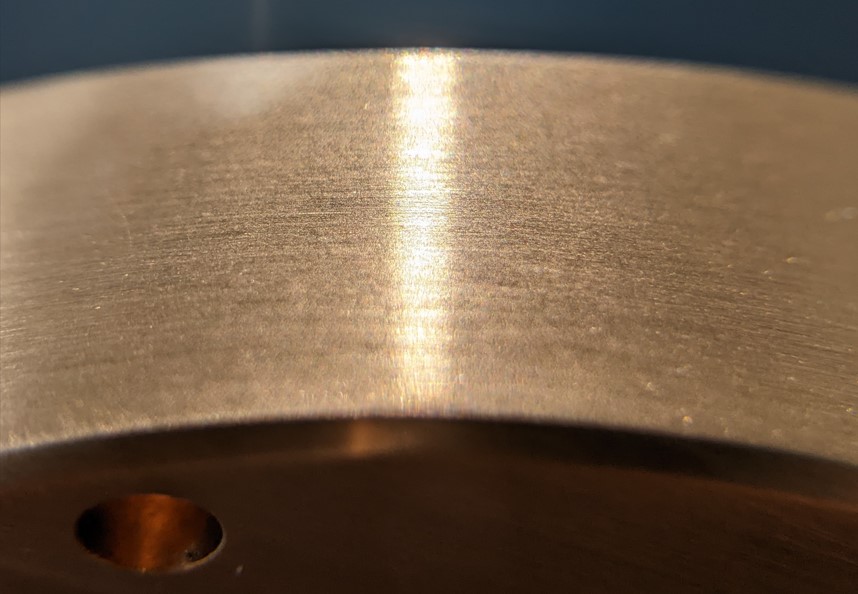
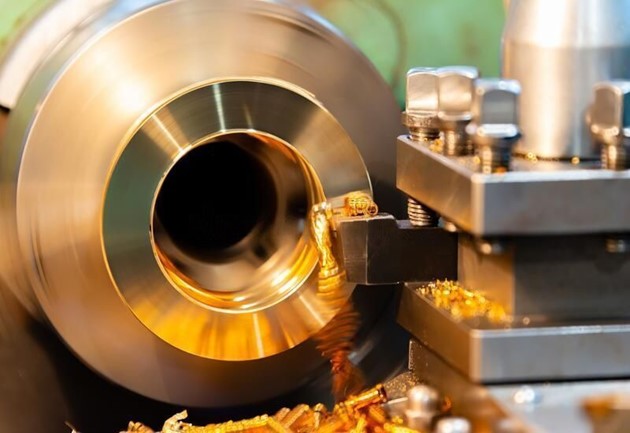
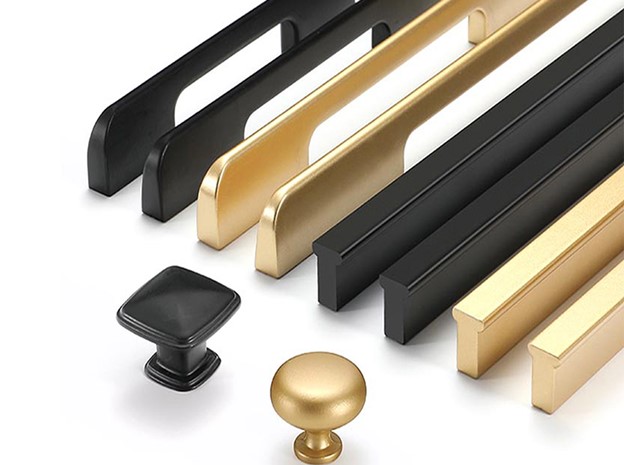
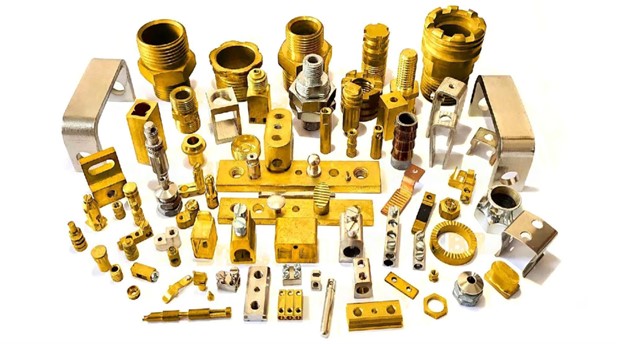
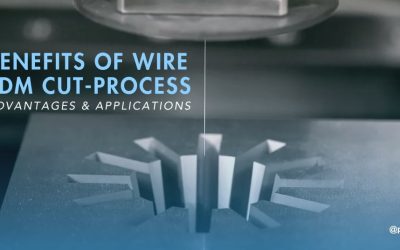
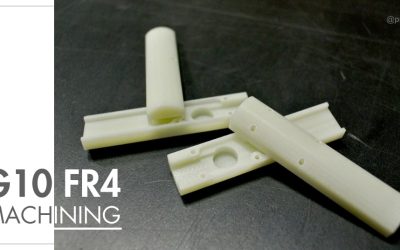
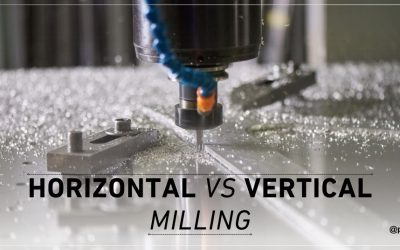

0 Comments